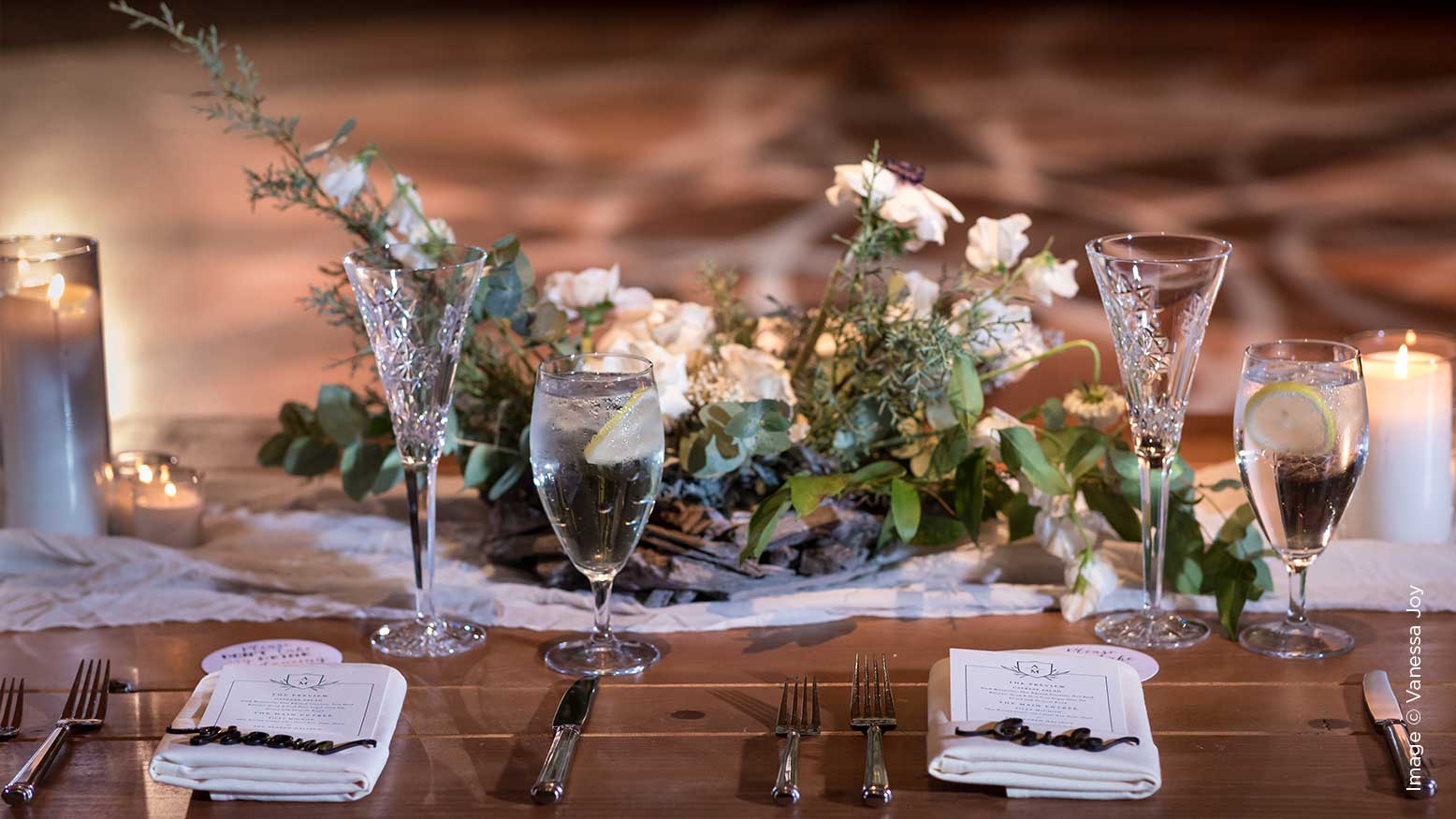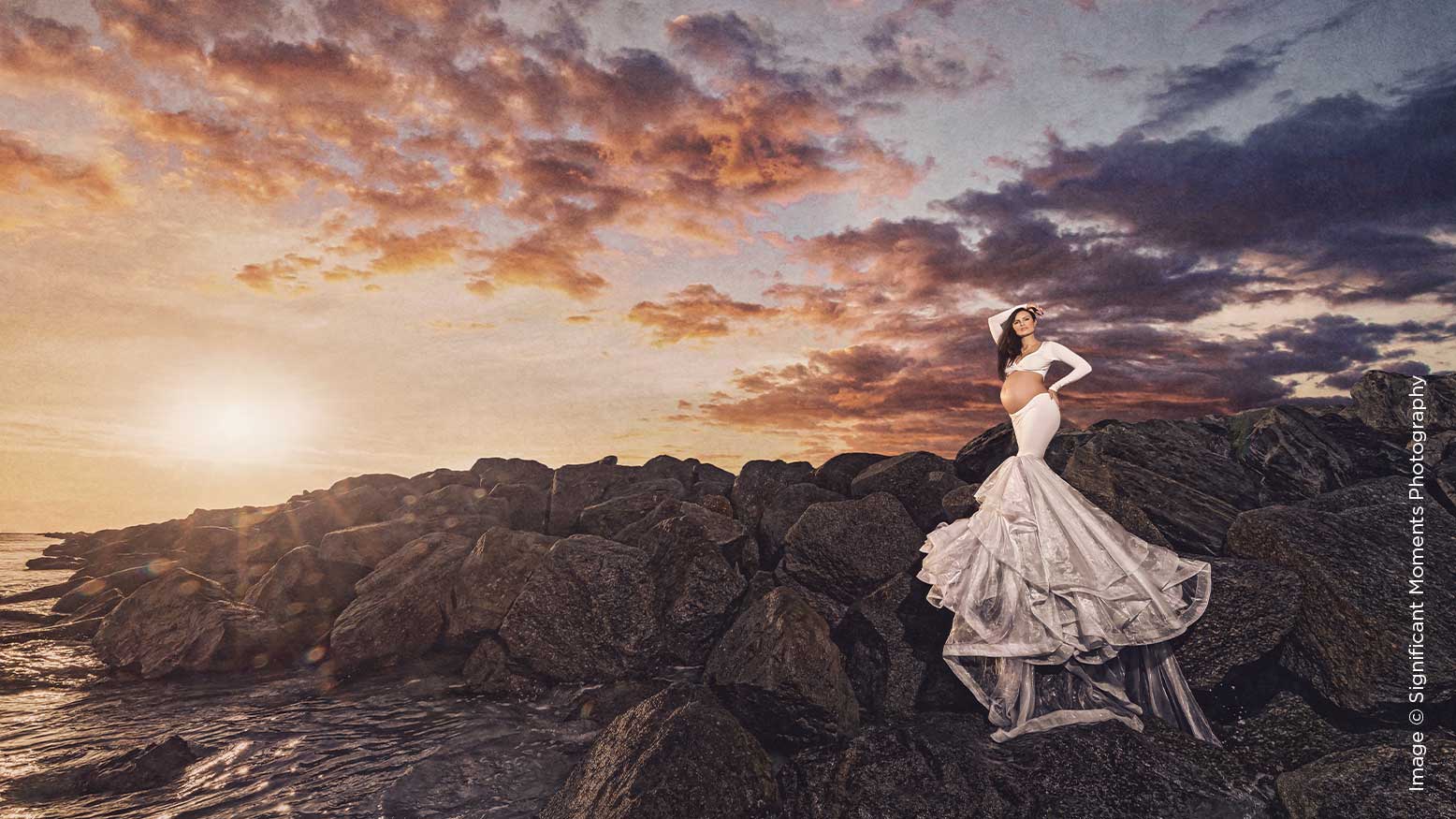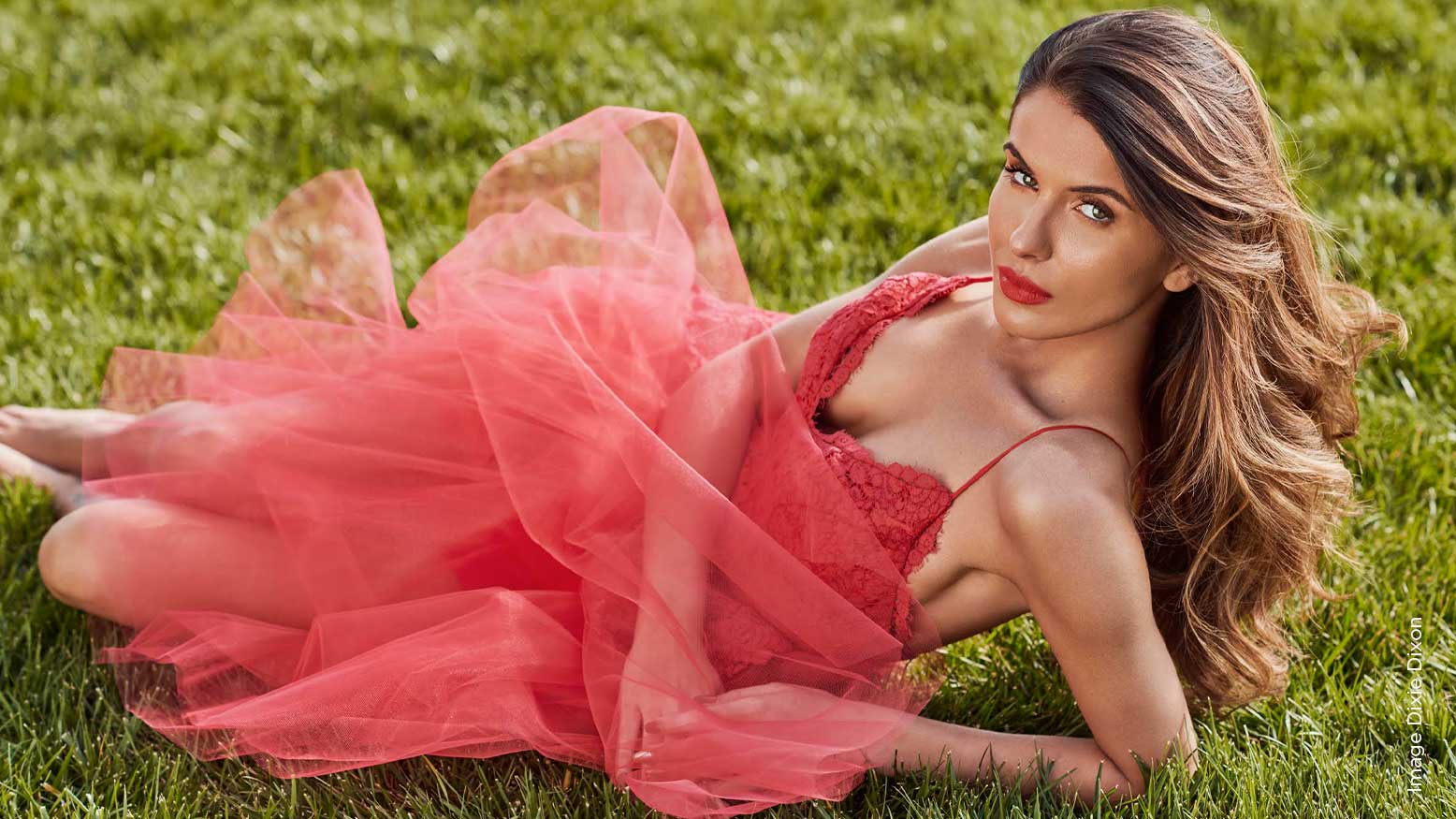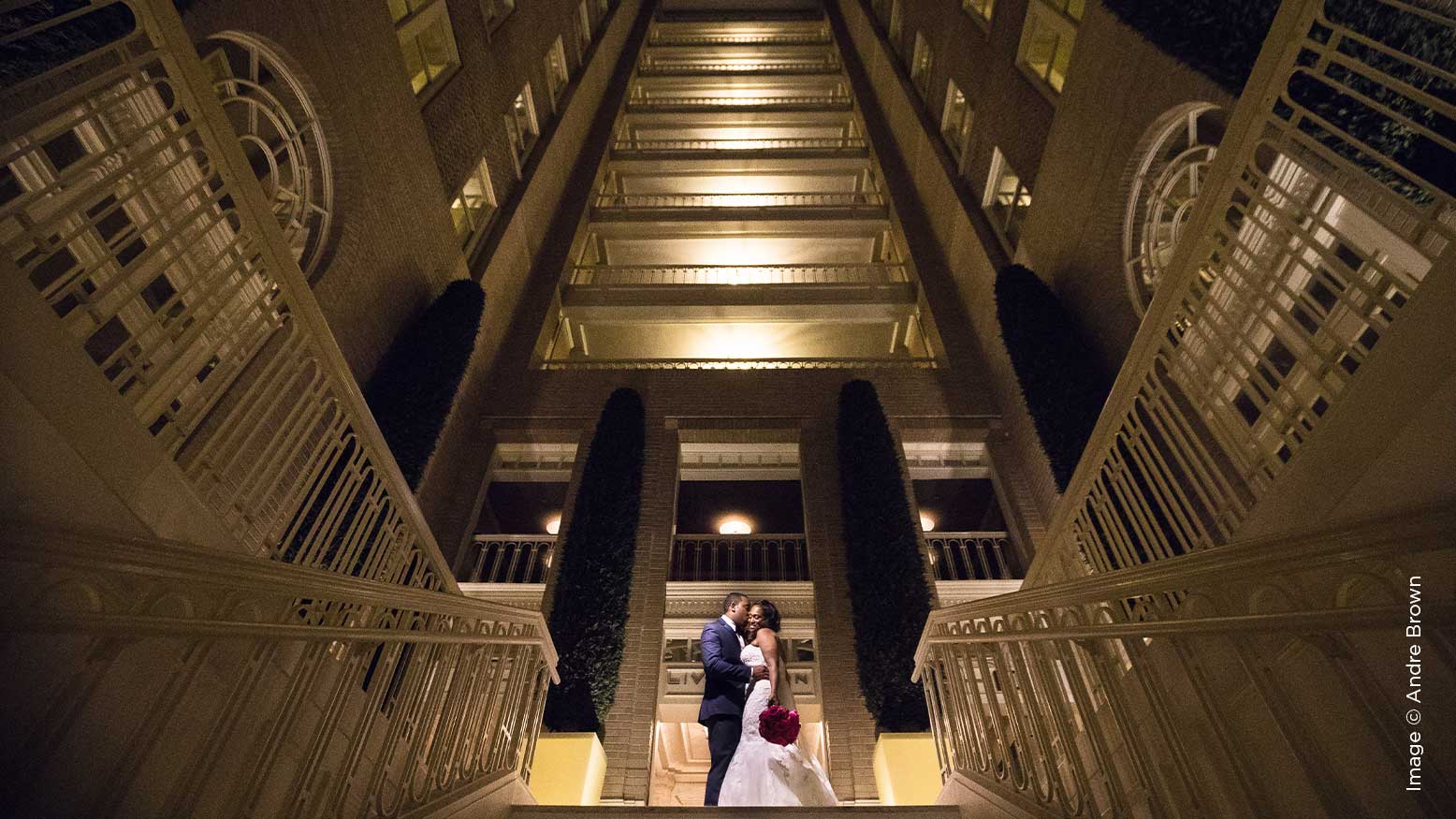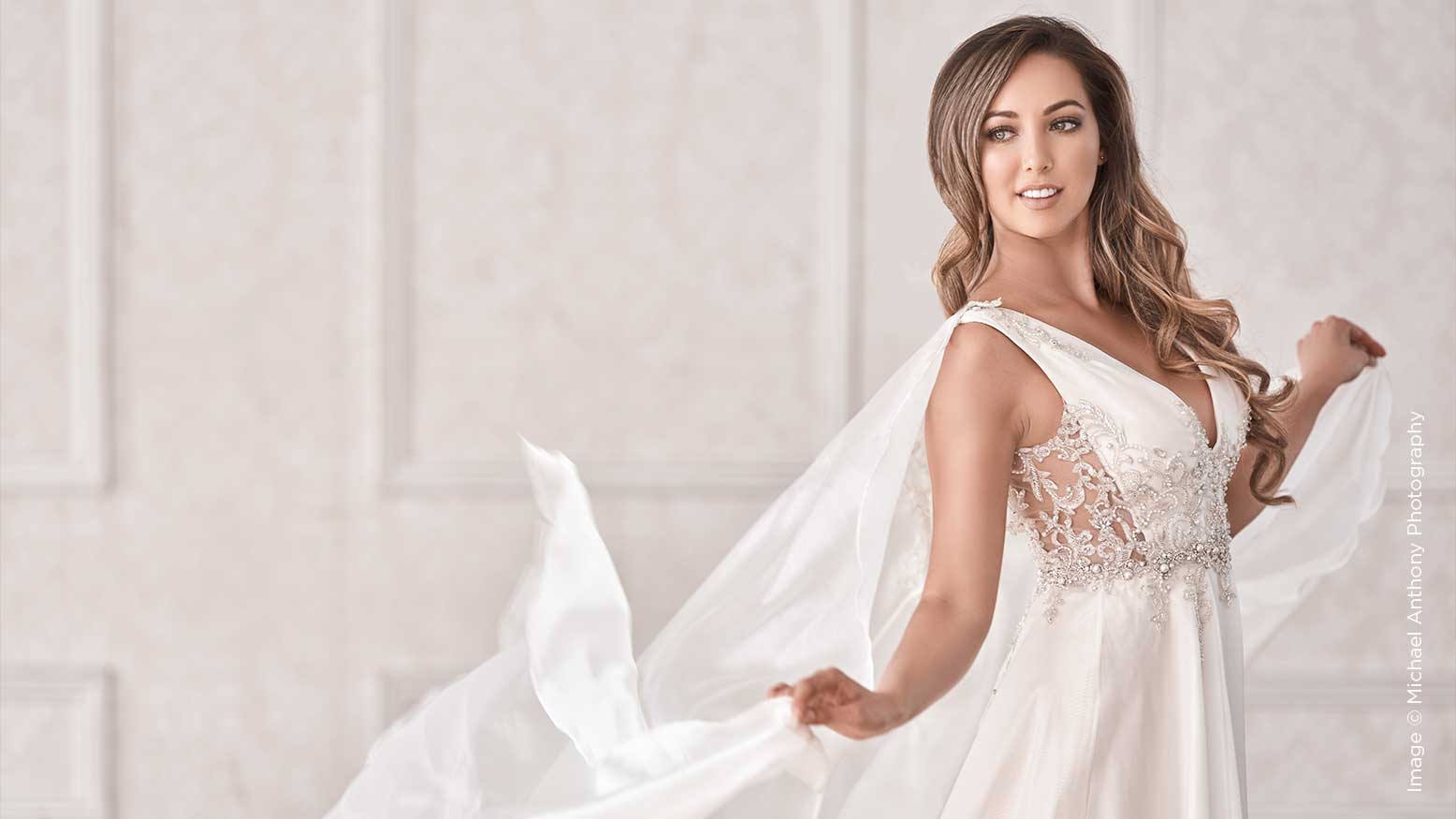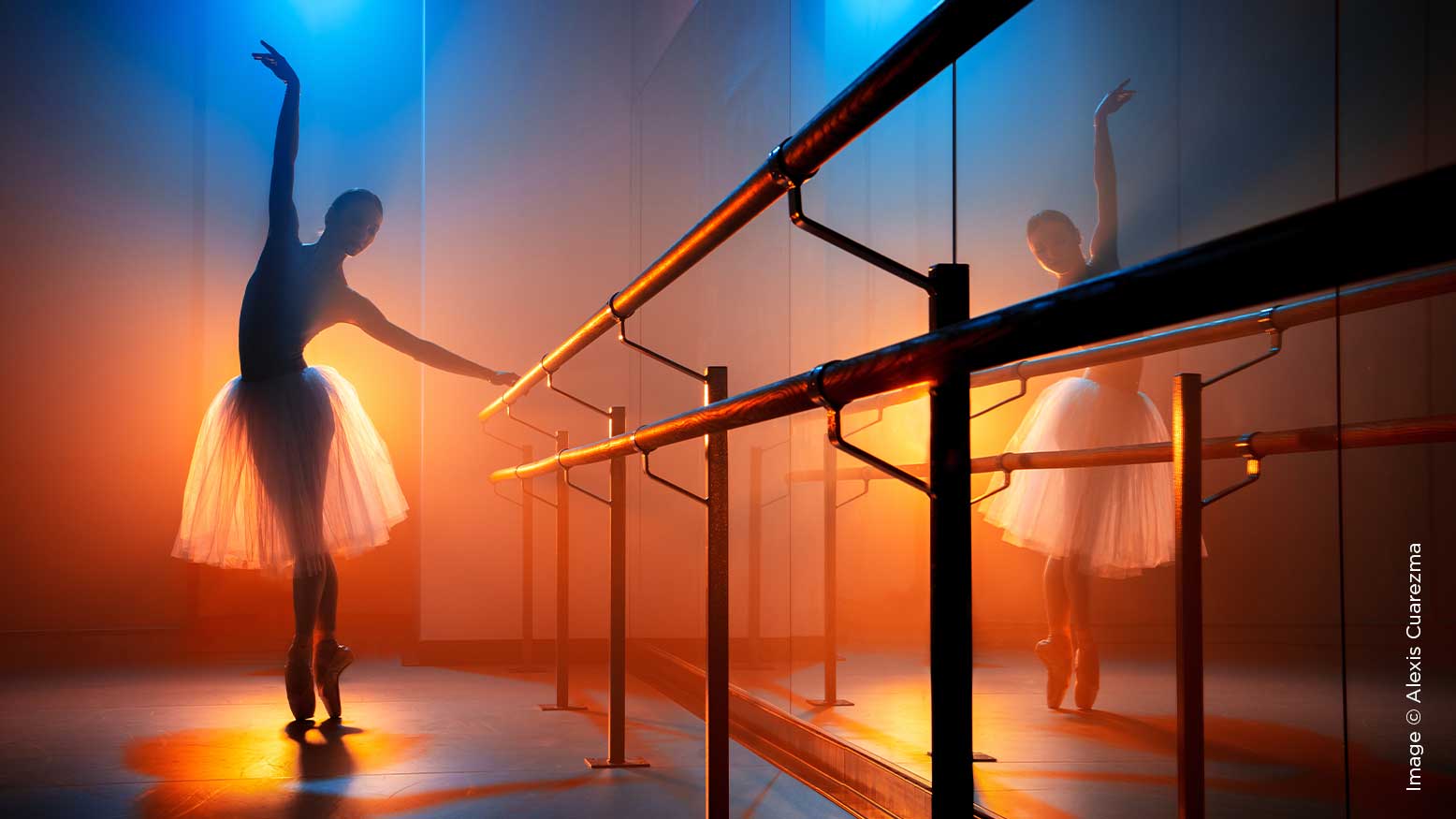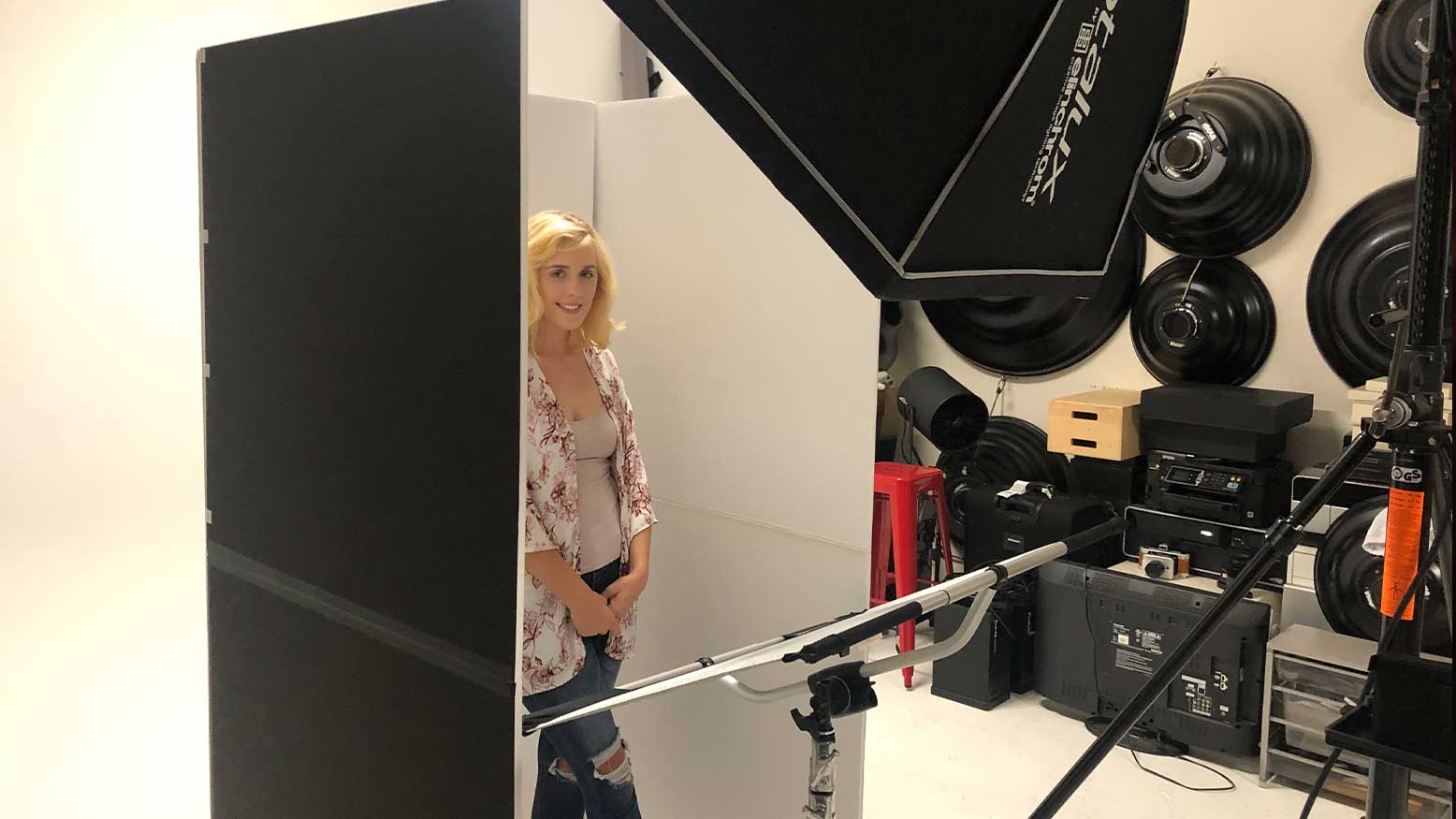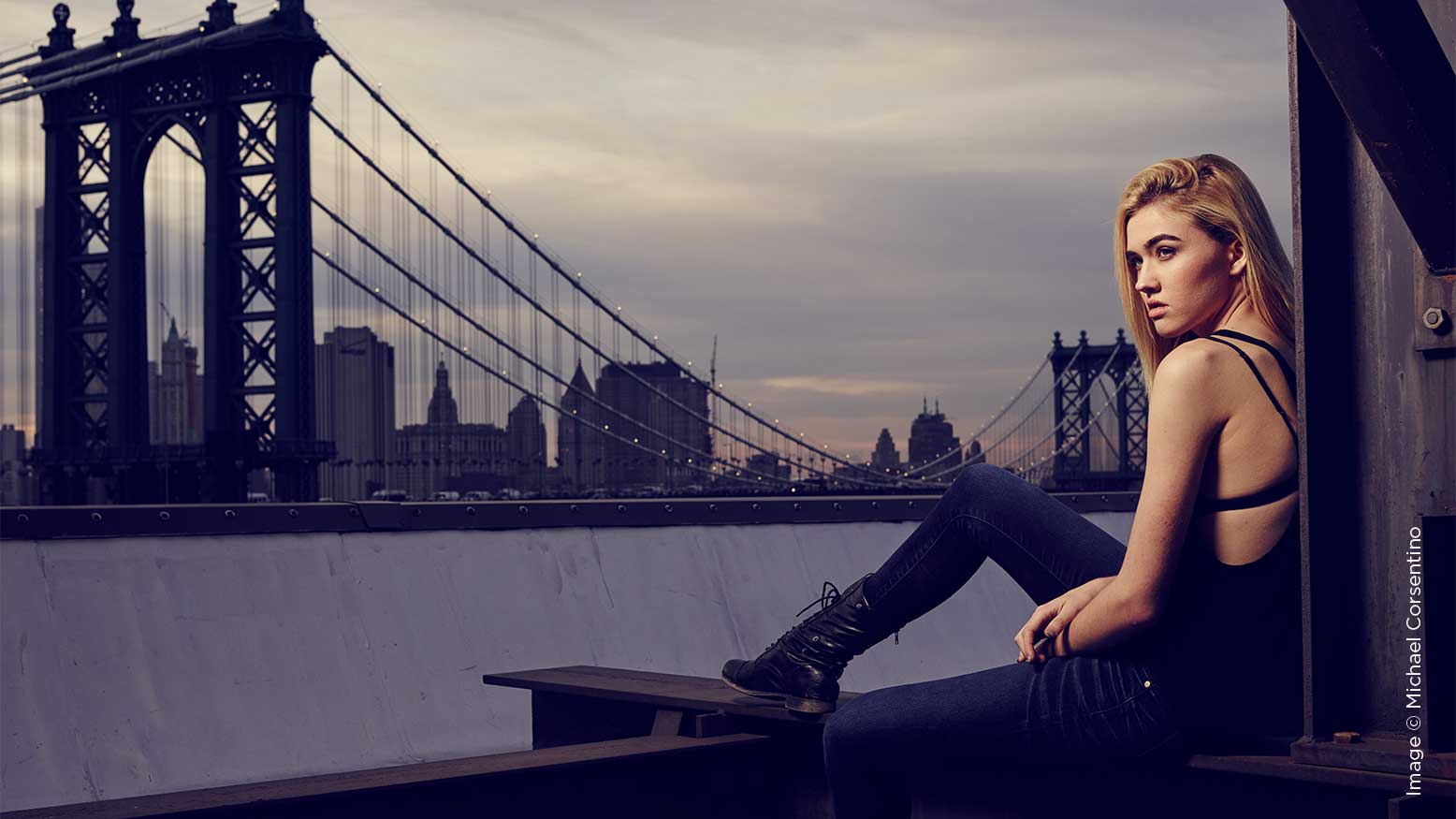How to Shoot Great Reception Details With Off-Camera Flash
The details of a wedding reception are often the touches that distinguish a wedding and show the unique personality of the bride. From the flowers harvested from her sister's personal greenhouse to the heirloom mismatched china to the handmade, DIY, clock-themed centerpieces... this is her chance to show off her creative side and make the reception unique to her, her family and friends, and her relationship with the groom.

